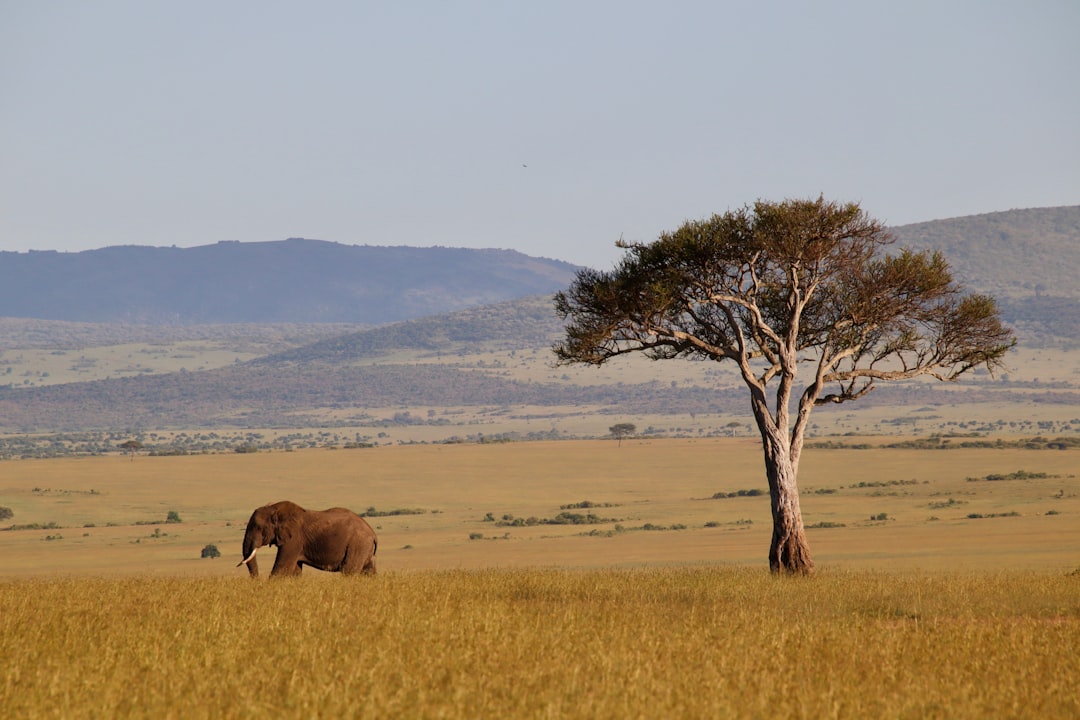What is it about?
• Logging and frequent burning have effects on retained tree mortality, these effects increase when logging and fire are combined • Logging damage and frequent fire increased mortality rates of trees left behind after logging • Large trees left behind after logging were least likely to survive in areas exposed to burning. • Growth rate and tree regeneration are elevated following timber harvesting.
Featured Image

Photo by David Clode on Unsplash
Why is it important?
This study proves that forests are not being left in the same condition as they were found under current forestry practices, with large, old tree which are essential habitat for many native birds and mammals most at risk of being lost and the next generation of small and mid sizes trees being logged and thus unable to fill the void left when large, old trees fall.
Perspectives
Prescribed burning is used often in forestry settings to protect timber stock from wildlfire risk. This practice may be inadvertedly altering the structure of the forest, with large, old trees which are essential habitat for a range of birds and mammals, being most at risk of being lost.
Georgia Watson
University of Wollongong
Read the Original
This page is a summary of: Timber harvest and frequent prescribed burning interact to affect the demography of Eucalypt species, Forest Ecology and Management, November 2020, Elsevier,
DOI: 10.1016/j.foreco.2020.118463.
You can read the full text:
Contributors
The following have contributed to this page










